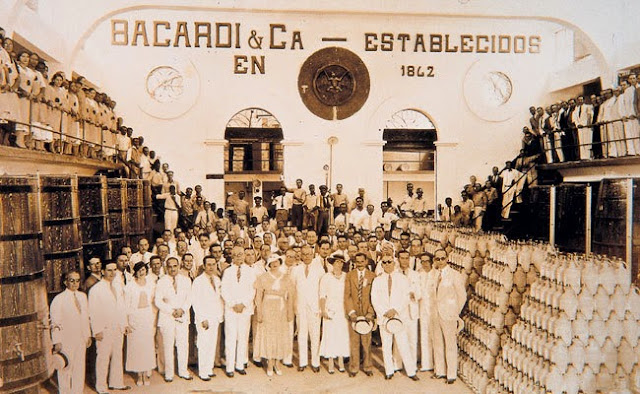Gin’s humble origins
Juniper Berries
The dictionary definition of gin is that of a neutral grain spirit re-distilled with botanical's with a predominant juniper flavour The only thing all gins must have in common is the juniper berry, but gins come by that distinctive pine-y flavour in a variety of ways. There’s no prescribed ratio, there’s no amount of juniper that is required by law; the definition merely states “predominant flavour of juniper.” Other common gin botanical's include coriander, citrus peels (bitter orange, lemon, grapefruit), angelica root and seed, licorice, orris root, bitter almonds, nutmeg, cinnamon and anise, to name a few.
Origins of gin

Most people, history buffs and booze nerds excepted, would never guess gin’s humble origins. Most of us only know it as a very aromatic, supremely English (and therefore proper) lawn party drink in G&T’s (gin and tonics) or in an elegant dry Martini Classic and classy. But until recently, gin was distilled — and consumed — in back alleys and bathtubs. Dating back to the 18th Century, it was the drink of choice for the very poor, and boy did they drink a lot of it.
The four main styles of gin
1. London Dry Gin
The one that is most familiar as “gin” and most widely available is a style called London Dry Gin. Curiously, a London Dry does not have to be made in London, instead it’s defined by getting its juniper flavour from neutral spirits (grain alcohol) re-distilled with botanical's with nothing added after the re-distillation process. Some cocktail historians and purveyors of urban cocktail legend say that the origin of the expression “dry Martini” comes not from the amount of vermouth added to the cocktail, but from a shortening of the request for a “London Dry Martini.”
2. Dutch Genever
Another style of gin, and history says it’s the first style, is the Dutch Genever. Rather than starting with a neutral grain spirit, a genever starts with a malted grain mash, more like whiskey. The process lends itself to barrel-ageing, whereas making English gins is a very quick process, sometimes taking no longer than a day. The soft yellow spirit has been making a comeback lately.
3. Old Tom
Old Tom gin is yet another style that has fallen out of favour and production, until recently. Old Toms are characterized by sugar in the re-distillation process that makes them sweeter than a London Dry.
4. Compound Gin
The last style of gin, compound gin, was probably the most prevalent in the early days of gin production, when it was the beverage of choice for the working classes and the out-of-work. Compound gin derives its flavour from essences that are added to neutral grain spirits, with no re-distillation. One of those “essences” in the cheapest swill was turpentine. But even this style of gin is having a modern day renaissance of sorts. Hendricks is a type of compound gin: the signature cucumber and rose petal essences are too delicate for re-distillation process and are added after the other more traditional botanical's are re-distilled with neutral spirits.

The four main styles of gin
1. London Dry Gin
The one that is most familiar as “gin” and most widely available is a style called London Dry Gin. Curiously, a London Dry does not have to be made in London, instead it’s defined by getting its juniper flavour from neutral spirits (grain alcohol) re-distilled with botanical's with nothing added after the re-distillation process. Some cocktail historians and purveyors of urban cocktail legend say that the origin of the expression “dry Martini” comes not from the amount of vermouth added to the cocktail, but from a shortening of the request for a “London Dry Martini.”
2. Dutch Genever
Another style of gin, and history says it’s the first style, is the Dutch Genever. Rather than starting with a neutral grain spirit, a genever starts with a malted grain mash, more like whiskey. The process lends itself to barrel-ageing, whereas making English gins is a very quick process, sometimes taking no longer than a day. The soft yellow spirit has been making a comeback lately.
3. Old Tom
Old Tom gin is yet another style that has fallen out of favour and production, until recently. Old Toms are characterized by sugar in the re-distillation process that makes them sweeter than a London Dry.
4. Compound Gin
The last style of gin, compound gin, was probably the most prevalent in the early days of gin production, when it was the beverage of choice for the working classes and the out-of-work. Compound gin derives its flavour from essences that are added to neutral grain spirits, with no re-distillation. One of those “essences” in the cheapest swill was turpentine. But even this style of gin is having a modern day renaissance of sorts. Hendricks is a type of compound gin: the signature cucumber and rose petal essences are too delicate for re-distillation process and are added after the other more traditional botanical's are re-distilled with neutral spirits.
The Classic dry Martini



Comments
Post a Comment